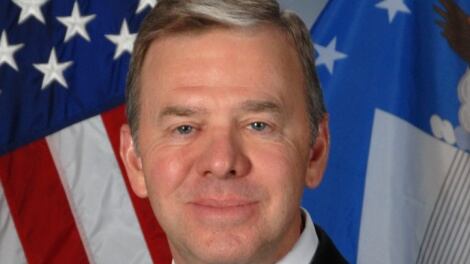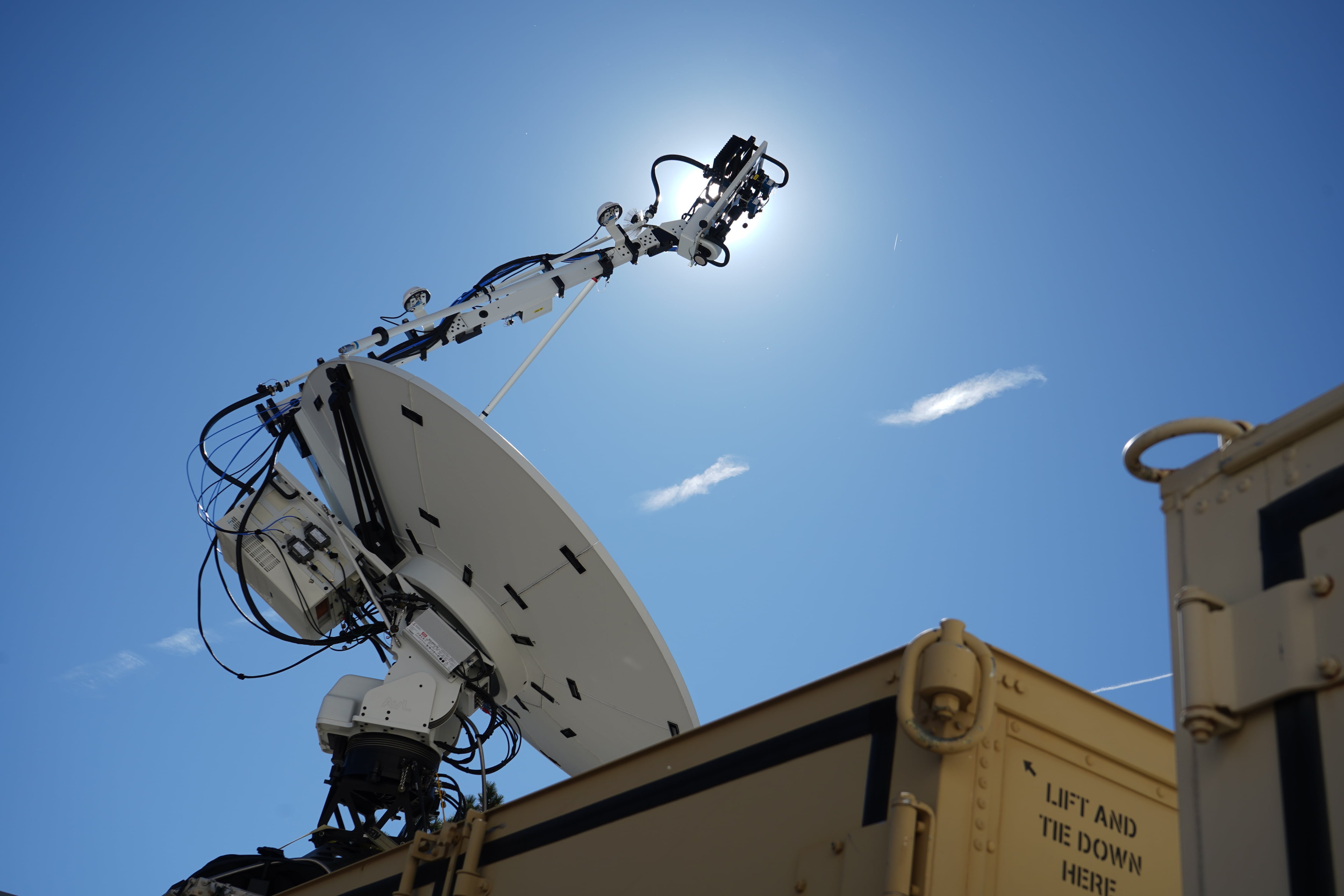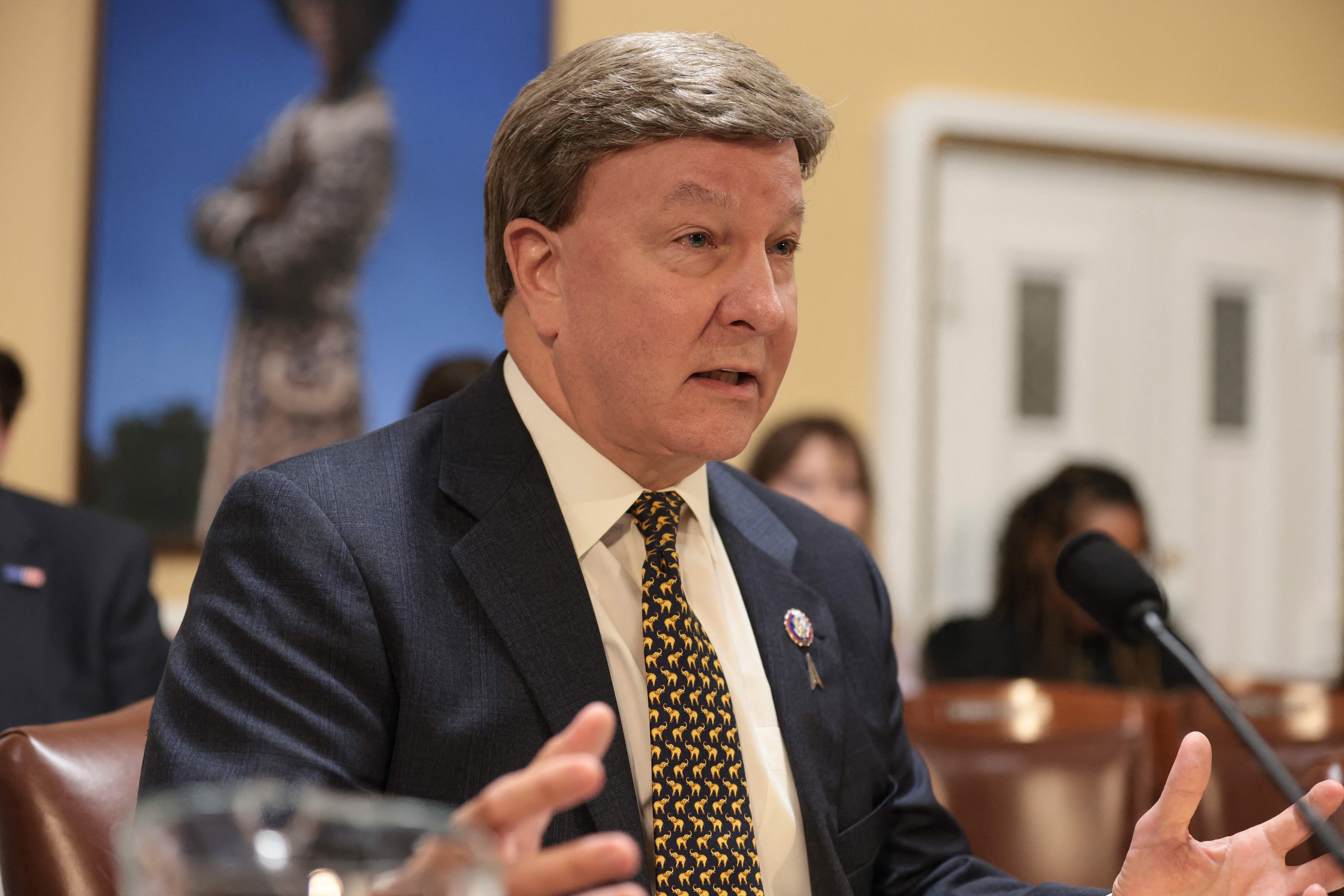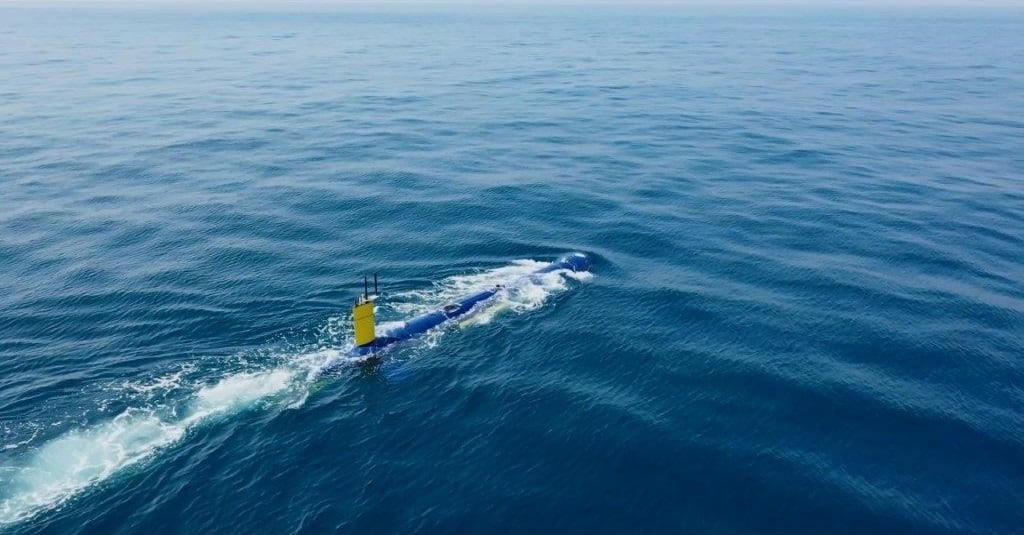Editor's note: A longer version of this will appear in the September issue of C4ISRNET and on C4ISRNET.com in coming weeks.
Robert Tarleton is the director of the Military Satellite Communications (milsatcom) Systems Directorate in the Space and Missile Systems Center at Air Force Space Command, Los Angeles Air Force Base, California. In his role he oversees several significant satcom programs critical to national defense, including the Defense Satellite Communications System, Wideband Global Satcom and Command and Control System-Consolidated, among others.
In a recent conversation with C4ISRNET Editor Amber Corrin, Tarleton outlined some of his top priorities, biggest challenges and what he's most excited about.
C4ISRNET: What's at the top of your to-do list?
ROBERT TARLETON: Well, I'm sure you've heard about the space enterprise vision from Space Command Commander Gen. [John] Hyten's program to look at how we prepare, in a holistic approach, to space as an enterprise. We have to look at being able to not only provide our future systems, but build in resilience we need as the adversaries get better and better at disrupting our systems. So, planning that out going forward, what will come out of that will help me in my protected milsatcom sites…the architecture for what comes after the current programs. And, then on the wideband side, we're setting up for the architecture that will come out of the wideband analysis of alternatives (AoA). So, those are two, two big challenges, I would say, that we need to meet as we go, that we're facing in the next couple of years. Because, that will start up three or four more ACAT-I programs and all the work that comes with those, getting them up and running.
C4ISRNET: Would you say that those are your top challenges as well?
TARLETON: I would. But the other thing that's a challenge is people – our people are motivated, some to too much of a degree and need to make sure they don't get burned out. So, watching out for the people working is a tough one, just because there's so much on our plates.
Also, it's one thing to plan for building in additional resilience into future systems, but trying to add resilience to these current programs while they're in development, while they're in production or while they're on orbit has been a bit of a challenge. We've come up with some pretty good ideas that will help make the current systems a little bit more resilient against adversaries or other events that might happen. But, it hasn't been easy and we'll keep working that.
C4ISRNET: You've mentioned adversaries and resilience. Can you talk about the threats you're facing and how you're tackling that? How do cyber and electronic warfare start to factor in?
TARLETON: When I think of electronic warfare and/or the countermeasures that we need to implement, that is something that is looked at in requirements for the system. How much level of protection do you need on your waveform on your satellites to make sure your comms stay intact? How much anti-jam protection, how much low probability of detection or low probably of intercept?
Now, the good thing is as we've been going forward the last couple of years we've actually been able to start building up the increased protection on some of our current systems. We have a waveform called the protected tactical waveform that's developed by the government, owned by the government. But, that provides another level of protection that's applicable to our WGS or eventually commercial satcom. So, instead of just having basically our wideband systems with a little bit of protection and then jumping up to protected systems like an AEHF, a lot of protection, we now have something in the middle or somewhere up that curve, if you will, as the PTW, protected tactical waveform, gets rolled out. We've also added on WGS an anti-jam capability.
Cyber is a constant concern. We do have ground systems that have to control and have to give the commands to the bus and keep those in the right location or make the moves when necessary. So, there is a cybersecurity level that we have to look at and certainly that's become more important on our systems as we go forward. Cybersecurity is constant. How do we prevent someone from hacking into the system that's controlling a nuclear command control communication access? We work with Strategic Command on that, answering their concerns and making sure we're following the path that they're laying out there with Cyber Command.
C4ISRNET: What are you excited about?
TARLETON: What I'm really excited about is launches. We're not like GPS, for instance – that has about 30 or so satellites in orbit, so it seems like they're launching a new one every other week. We're out at geosynchronous orbit, about 23,000 miles, so one satellite has a view of the entire earth. So we have small constellations. We don't have to launch that often. But we've got three launches coming up within about the next seven months, and that's exciting to me – there's just nothing like watching a 500-ton rocket blast off into the night or against a nice clear blue sky and have it carrying your satellite, something you worked on, something that you know you had a part in, and now you're bringing this capability to fruition. It's quite a feeling of excitement to see something like that that you've been working on.








